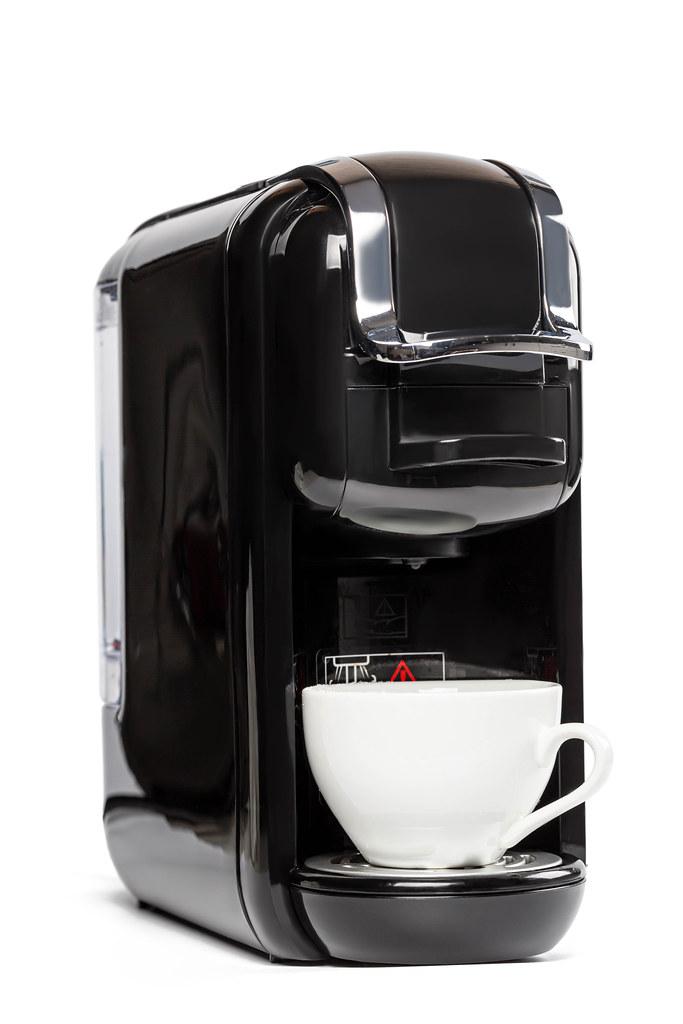Why Is My Coffee Maker Slow?
There’s nothing worse than waking up and realizing that your coffee maker is taking a long time to brew.
There are many things that could be causing this problem.
Your coffee maker is slow because of clogs in the heating element, poor quality of water (leading to mineral buildup), or an overfilled reservoir (causing overflow).
5 Reasons Why Your Coffee Maker is Slow
- The water tank is full and the coffee grounds are low.
If your machine has a clear reservoir, then you should be able to see when it needs more water or coffee grounds before brewing starts.
- Quality of water
You’re using bottled, filtered, distilled or mineralized water with no added minerals. Be sure that you’re adding enough of your own water that includes minerals.
- Filter
The filter isn’t currently being used or is old and needs replacing. Be sure to replace it when needed, otherwise, your coffee will taste bitter.
The filter needs changing or it’s old and dirty, meaning that you’re not getting all of your coffee out of the grounds before brewing starts.
Be sure to replace this when needed so you don’t wind up with a less flavorful cup than usual.
- Paper pulp
You might have too much paper pulp in the machine’s reservoir for solids control filters.
If this is happening, you should clean out the reservoir more often to stop the paper pulp from building up.
How Do You Fix a Slow Coffee Maker?
You fix a slow coffee maker by cleaning and descaling it.

Here are steps to clean your coffee maker;
Fill your sink with enough hot water and baking soda to cover the coffee maker.
Run the hot water and baking soda through your coffee pot, letting it sit for a few minutes.
After that time has passed, remove the coffee pot from the sink with a dishcloth or sponge to soak up any liquid residue left behind.
This is important because you want to make sure there’s nothing in there that could cause your coffee pot to get worse.
Now use a strong dish detergent and scrub the inside of the coffee maker with that, then rinse it out again.
This is especially important if you have one of those reusable mesh filters in there because they tend to hold onto any residue left behind by previous pots.
Lastly, run some white vinegar through the coffee pot to make sure that all of the surfaces are well-cleaned and free from any particles or build-up.
Related Posts:



